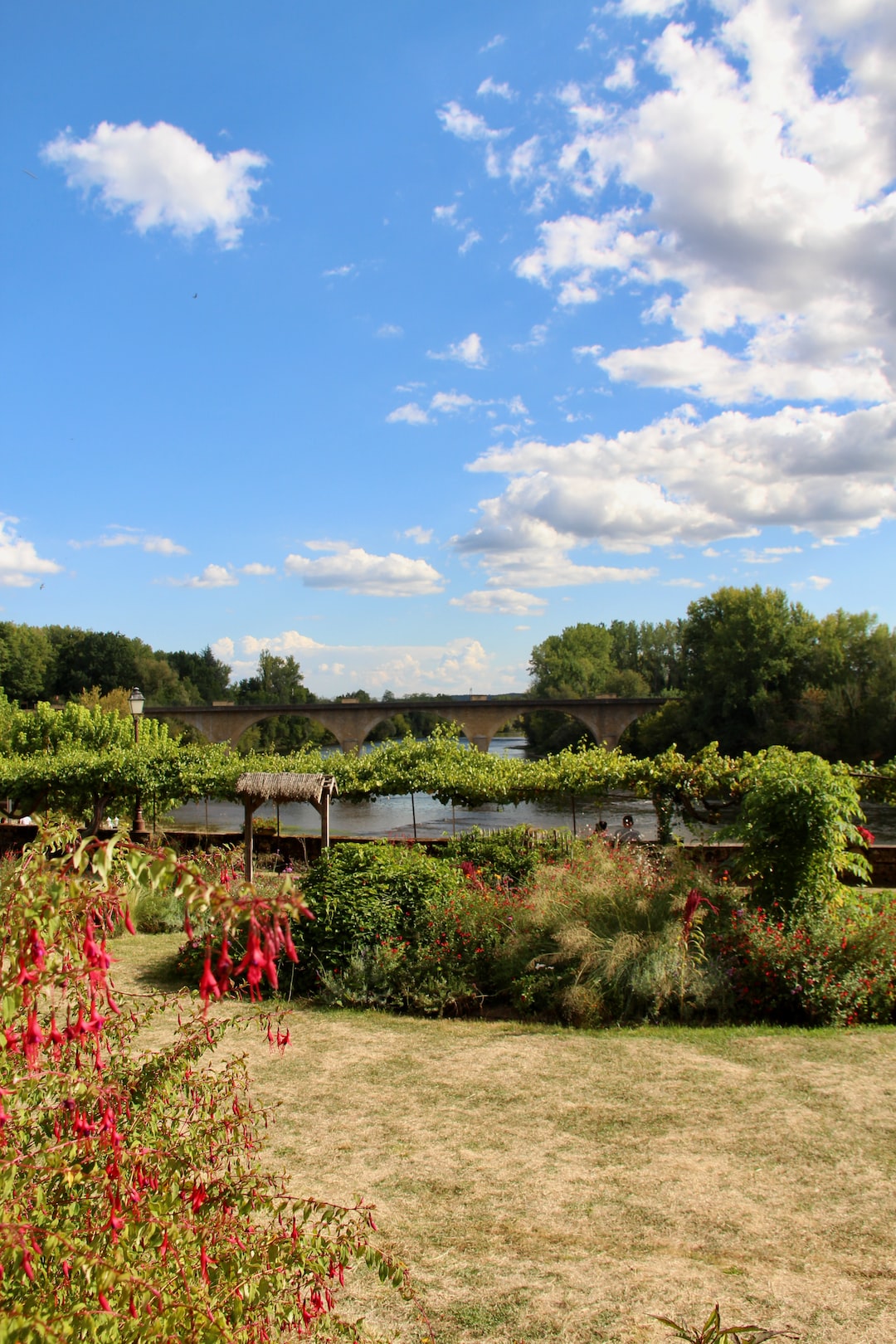Are you looking to create a vibrant and buzzing garden? Look no further! Today, we will delve into the world of pollinators and explore the best plants to attract these valuable creatures to your garden. By incorporating these plants into your outdoor space, you not only contribute to the biodiversity of your area but also ensure a bountiful harvest. Let’s dive in!
Pollinators are essential for the reproduction of flowering plants, as they transfer pollen from the male to the female parts of flowers, allowing fertilization to occur. These tiny superheroes include bees, butterflies, hoverflies, moths, and even some birds and bats. Not only do they play a key role in the ecosystem, but they are also responsible for the pollination of approximately 75% of food crops worldwide. It’s safe to say that without pollinators, our plates would be a lot emptier!
So, how can we attract these invaluable pollinators to our gardens? The answer lies in providing them with their most basic needs: food, water, and shelter.
When it comes to food, the key is to incorporate plants that produce pollen and nectar. Bees are particularly attracted to blue, purple, and yellow flowers, while butterflies are lured by red, orange, and pink blossoms. By selecting a variety of plants with different flowering times, you can ensure a continuous supply of food throughout the seasons and entice a greater diversity of pollinators.
Let’s start with the bees, one of the most efficient pollinators. Lavender, with its lovely purple spikes, is a magnet for both bees and butterflies. Other favorites include borage, a beautiful blue flowering herb, and Echinacea, known for its vibrant pink petals. If you have space, consider planting fruit-bearing trees such as apple, cherry, or plum, as they provide not only an abundant food source but also a safe haven for bees.
Butterflies, with their delicate wings and vibrant colors, are often regarded as nature’s artwork. To attract these beautiful creatures, include plants like butterfly bush, also known as Buddleja. Its stunning purple or white flowers beckon butterflies from miles away. Zinnias, with their dazzling array of colors, are also a crowd-pleaser. For a touch of nostalgia, plant some old-fashioned favorites like milkweed or coneflower, which offer both food and shelter for butterflies.
While bees and butterflies steal the limelight, let’s not forget about other pollinators, such as the humble hoverfly. These buzzing wonders are often mistaken for bees but play a crucial role in the ecosystem. To attract hoverflies, incorporate plants like yarrow, which produces tiny, daisy-like flowers in shades of yellow and white. Marigolds and sunflowers are also excellent choices.
Now that we’ve tackled food, let’s move on to water. Like any living creature, pollinators need a reliable water source for hydration. Try placing shallow dishes or bowls filled with water in your garden. To make it more inviting, add a few pebbles or stones for landing pads. Another option is to create a small water feature, such as a birdbath or a pond, which not only provides water but also adds an aesthetic touch to your garden.
Just as we need shelter, pollinators also require a safe place to rest and raise their young. Providing shelter can be as simple as leaving some areas of the garden undisturbed, allowing natural habitats to flourish. Fallen leaves, plant debris, and hollow stems of herbaceous plants serve as cozy nesting spots for bees. Butterflies and moths will appreciate some overgrown grass or a dedicated butterfly house. By creating a diverse range of habitats, you will attract a greater variety of pollinators to your garden.
In conclusion, creating a pollinator-friendly garden not only adds vibrancy and beauty to your outdoor space but also contributes to the well-being of our planet. By carefully selecting plants that attract bees, butterflies, and other pollinators, we can ensure the continued pollination of our food crops, ultimately leading to more sustainable and abundant harvests. So why not roll up your sleeves, grab a trowel, and embark on a gardening adventure that will captivate both your senses and those of the buzzing creatures you invite into your garden? Happy gardening!
